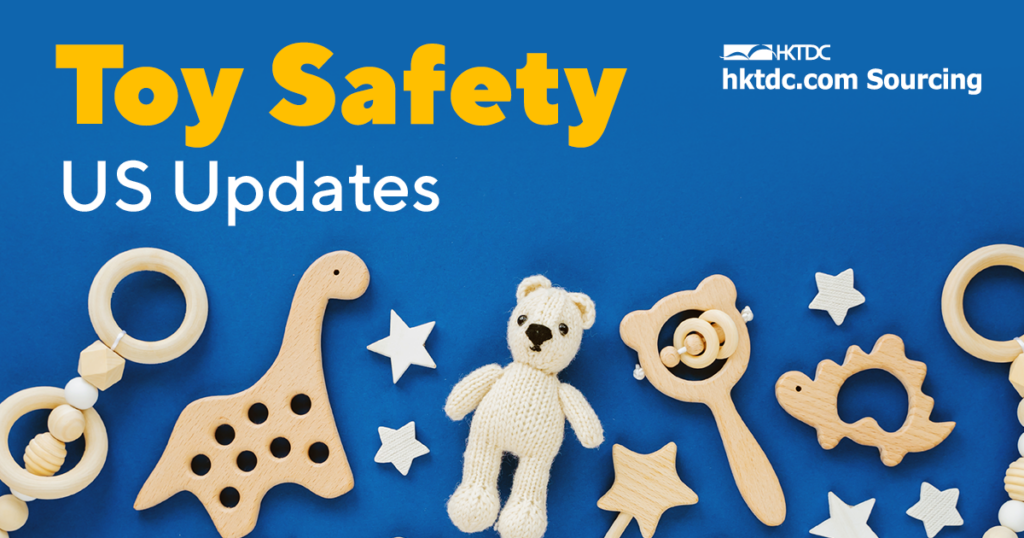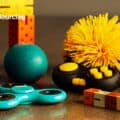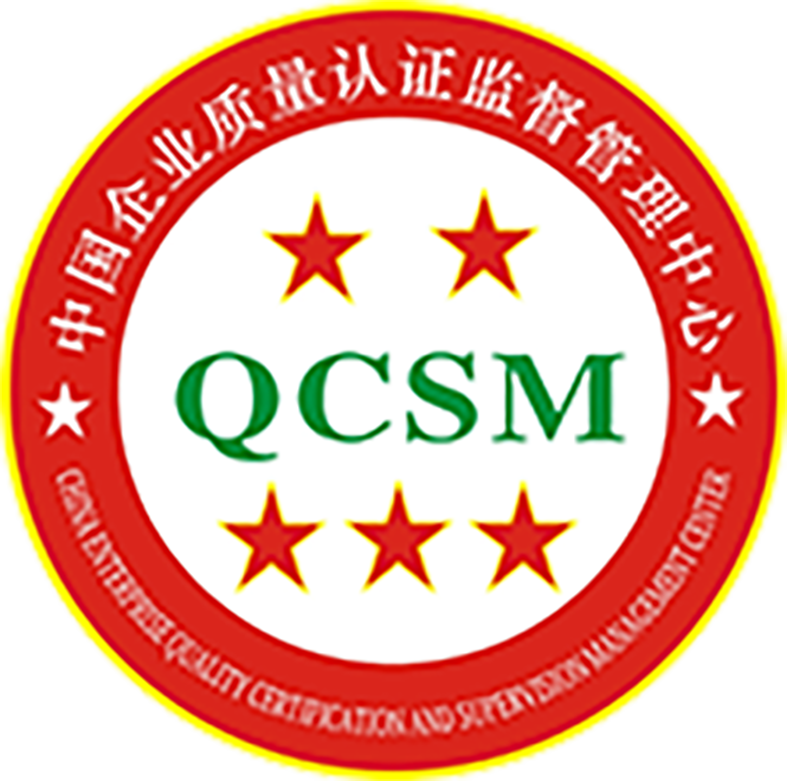For US Toymakers, a nationwide mandatory set of safety rules and regulations under ASTM F963 – Standard Consumer Safety Specification for Toy Safety, created by ASTM International, is a comprehensive standard addressing numerous hazards that are identified with toys.
On October 13, 2023, ASTM International has published a revised F963 Standard Consumer Safety Specification for Toy Safety (ASTM F963-23), impacting sections for acoustics (sound level of toys), battery accessibility, expanding materials, and projectiles, in addition to clarifying and aligning the requirements for phthalates, exemptions for toy substrate materials, and tracking labels for toys with respective federal regulations and US Consumer Product Safety Commission (CPSC) policy.
Revised Toy Safety Requirements
| Safety Requirements | Revisions |
|---|---|
| Heavy Metal |
|
| Acoustics |
|
| Battery Accessibility |
|
| Expanding Materials |
|
| Projectiles |
|
| Phthalates |
|
| Tracking Label |
|
Implementation Timeline
If no objections are raised, the revision becomes mandatory 180 days after notification, i.e. mid-April 2024.
This article is originally published by SGS:
SGS is the world’s leading testing, inspection and certification company. We are recognized as the global benchmark for sustainability, quality and integrity.
Talking about Toys, why not watch the video below to have a taste of a crowded fun fair full of playful toys and games?
Source quality and safe toys and games at hktdc.com Sourcing for well-assured items to your customers now!




















